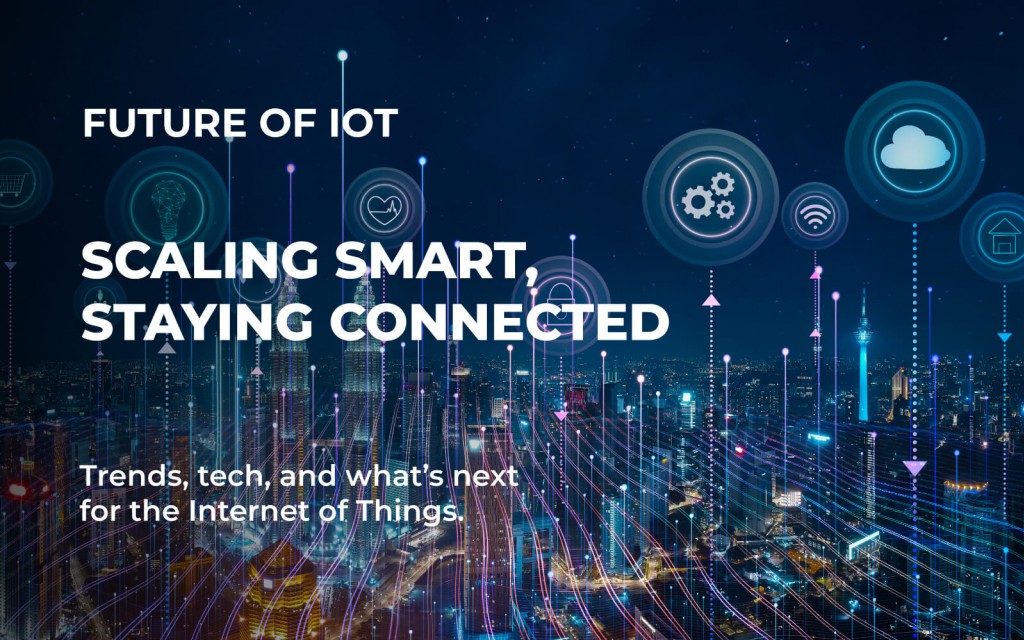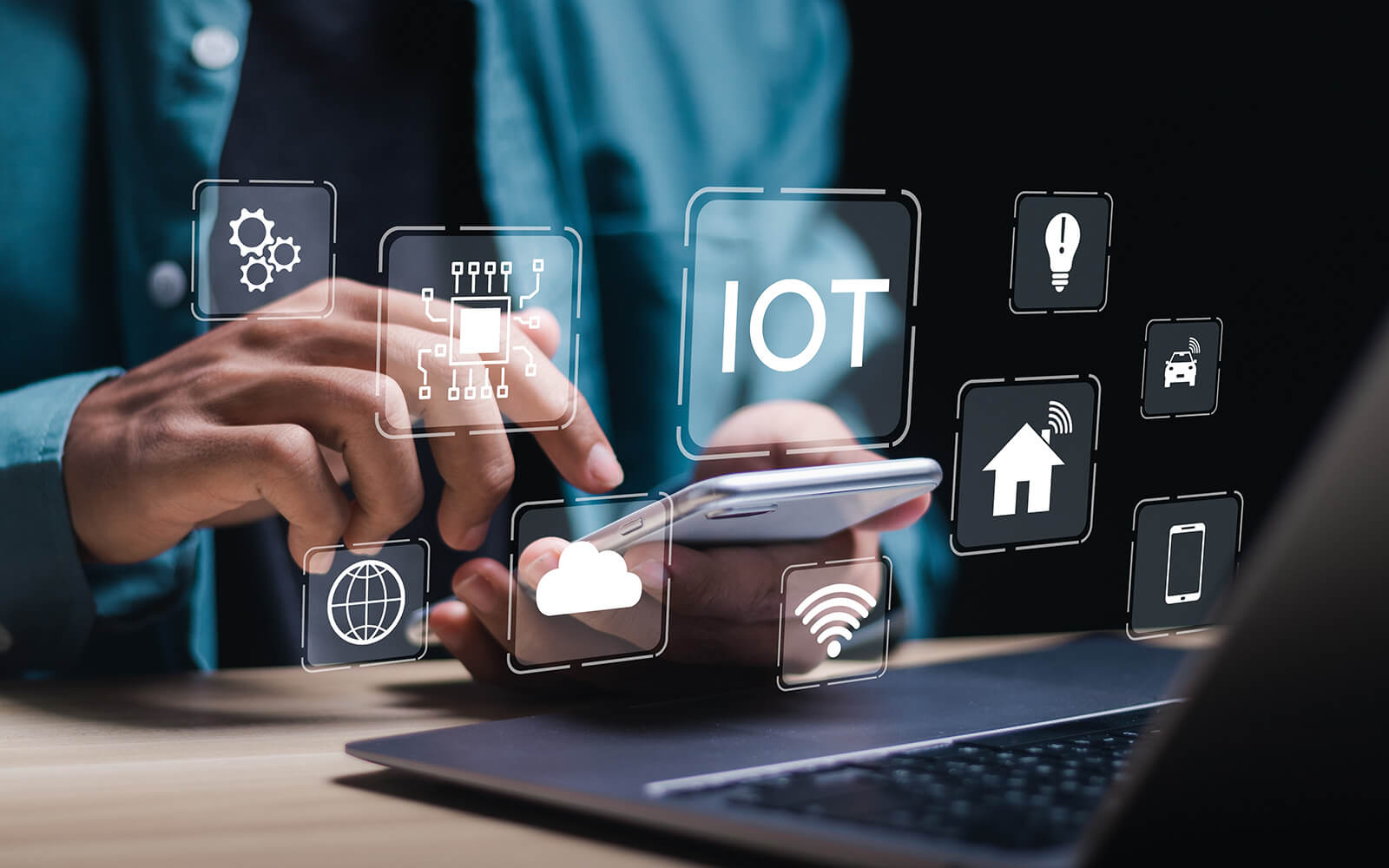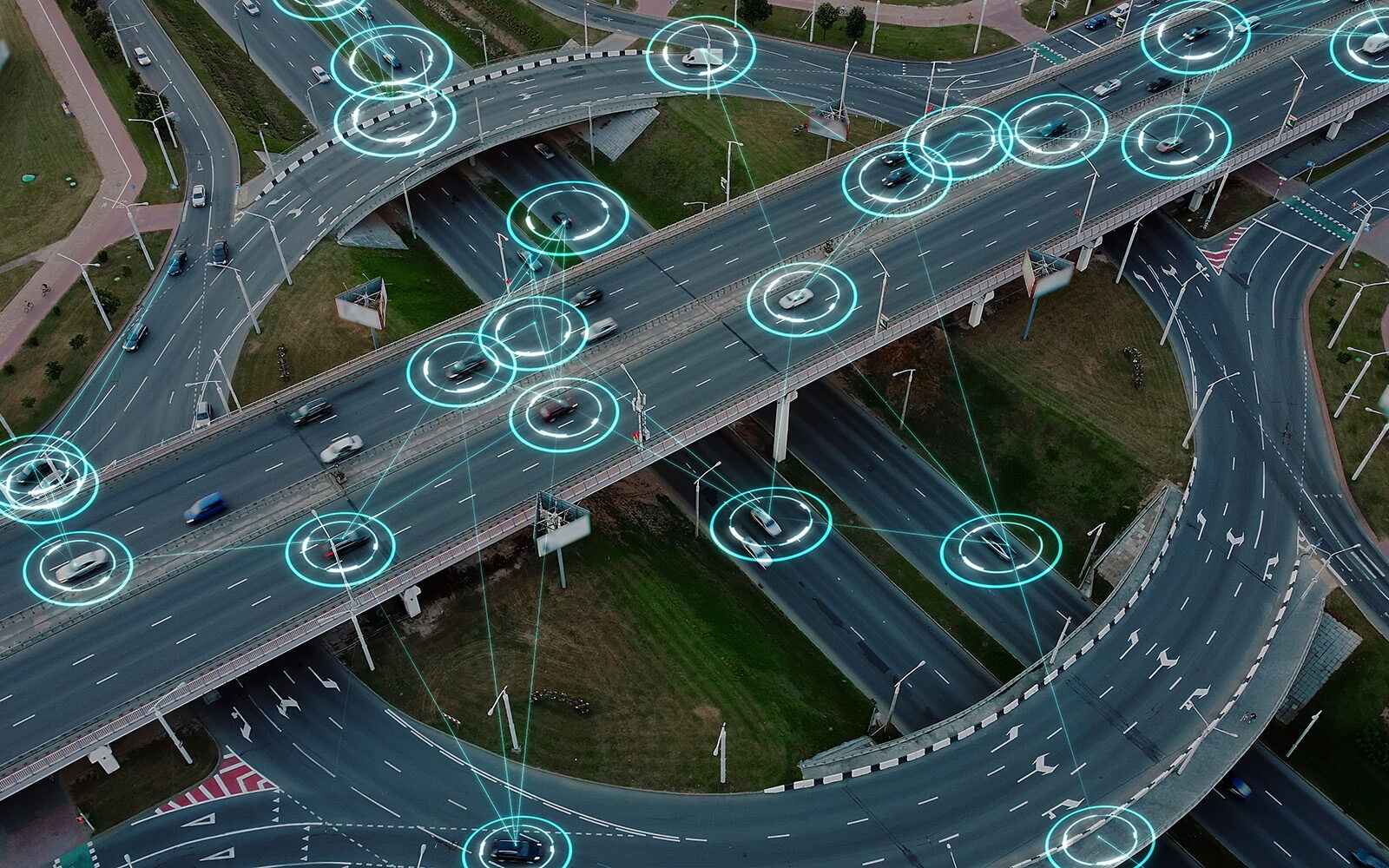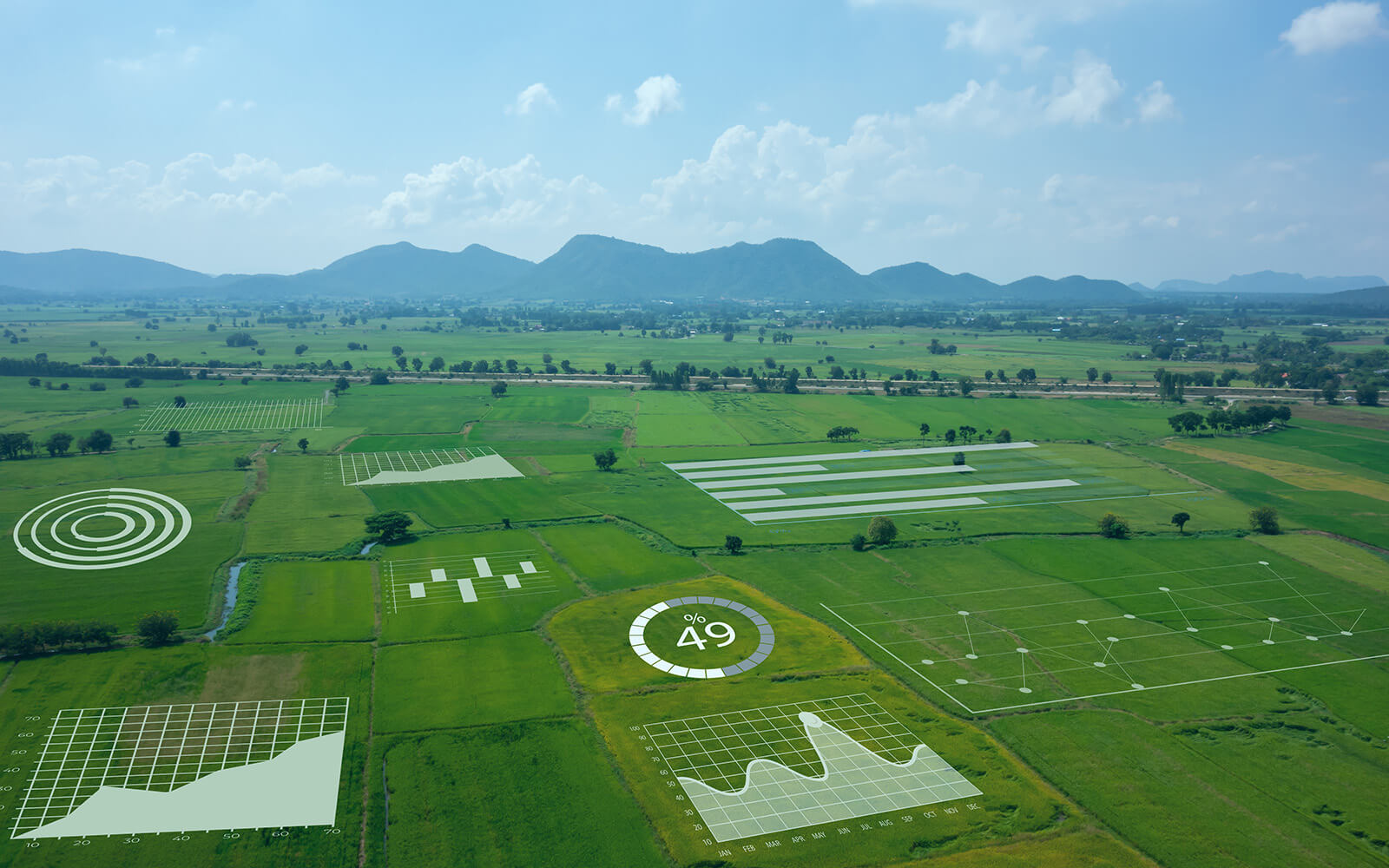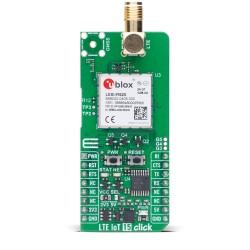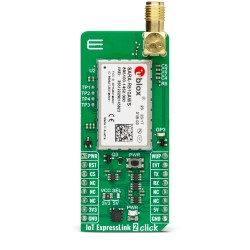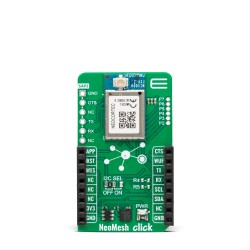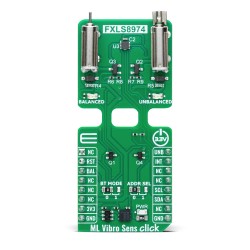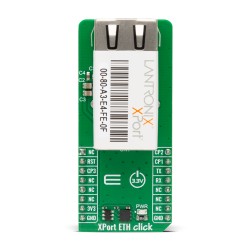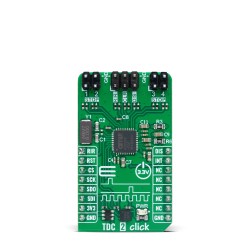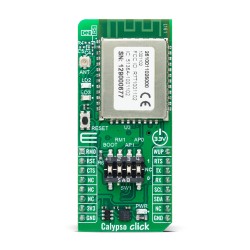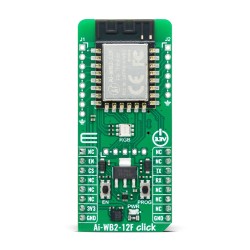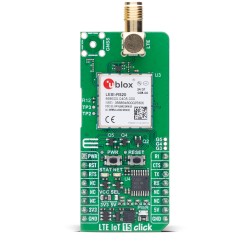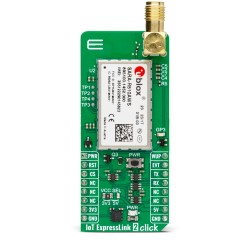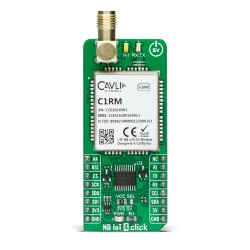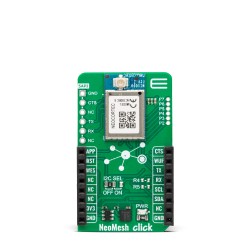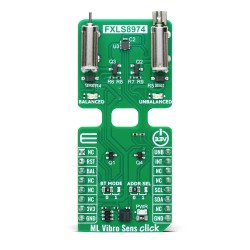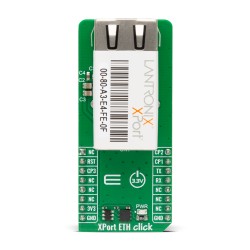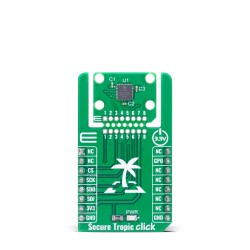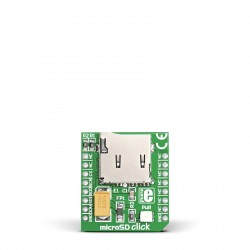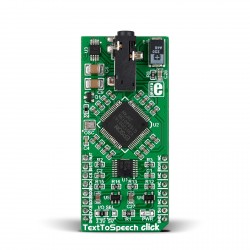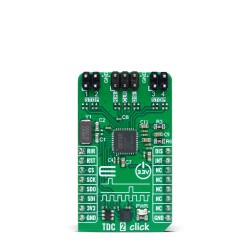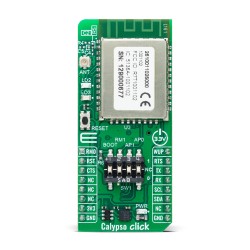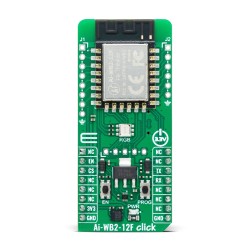The Internet of Things (IoT) is reshaping our world. It's connecting billions of smart devices globally. This transformation is just beginning.
IoT trends are evolving rapidly. They promise to revolutionize industries and daily life. From smart homes to industrial automation, the impact is profound.
Challenges remain, though. Security and privacy are top concerns. Interoperability between devices is also crucial for easy integration.
Hardware advancements are key. Energy-efficient sensors and processors are driving scalable solutions. These innovations are essential for future growth.
5G technology is enhancing IoT connectivity. It offers faster speeds and lower latency. This is crucial for real-time applications.
AI and machine learning are integral. They enable smarter data analysis and decision-making. This is transforming IoT capabilities.
The future of IoT is bright. It holds immense potential for innovation. Embracing these trends is vital for success.
Understanding the Internet of Things: A Foundation for IoT Trends
The Internet of Things connects physical devices over the internet. These smart devices collect and exchange data. This interconnectedness is fundamental to modern technology.
Each device in the IoT ecosystem plays a distinct role. From sensors to cloud servers, every component is crucial. Their collaboration forms the backbone of IoT systems.
Here are key elements within the IoT framework:
- Devices and Sensors: Collect data from environments.
- Connectivity: Links devices using networks.
- Data Processing: Analyzes information for insights.
- User Interfaces: Allows human interaction with IoT systems.
This sophisticated network supports various applications. They range from healthcare monitoring to smart agriculture. The versatility of IoT is unmatched.
Understanding the Internet of Things unveils endless possibilities. It fosters innovation and efficiency across sectors. This foundation is critical for embracing future IoT trends.
Key IoT Trends Shaping the Future
The future of the Internet of Things is rich with dynamic trends. These trends are reshaping industries worldwide. Each offers unique possibilities and challenges.
Artificial intelligence and machine learning are central to IoT's evolution. These technologies enable smart devices to learn and adapt. Automation and decision-making become more efficient.
Edge computing is another critical trend. It processes data closer to the source. This reduces latency and enhances real-time decision-making.
Next-gen connectivity, like 5G and LPWAN, plays a crucial role. They provide faster, more reliable data transmission. This boosts IoT device efficiency immensely.
Here are some pivotal IoT trends shaping the future:
- AI and Machine Learning: Optimizing intelligent interactions.
- Edge Computing: Processing data at the source.
- Advanced Connectivity: Enabling easy communications.
Virtualization through digital twins is also emerging. By creating digital replicas, these enhance predictive maintenance and modeling. This technology brings insightful analysis across sectors.
Finally, blockchain technology is innovating IoT security. It establishes secure, transparent communication. These advances are critical for protecting data integrity.
AI and Machine Learning in IoT
AI and machine learning are transforming IoT. They empower devices to process data intelligently. This capability extends automation.
Machines can now learn from immense data sets. They make decisions without human intervention. These insights drive efficiency and improve outcomes.
AI optimizes resource use in smart devices. Energy and operational costs are reduced as a result. This is vital for sustainable development.
Predictive capabilities enhance with AI in IoT. Faults are detected before they occur. This ensures minimal disruption in services.
AI facilitates personalized user experiences. Smart homes and personal assistants respond accurately. This creates user convenience and satisfaction.
Edge Computing and Decentralized Data Processing
Edge computing is transforming how data is managed. It processes data where it is generated. This reduces data transmission time dramatically.
Devices equipped with edge capabilities are autonomous. They analyze and act without cloud dependency. This independence accelerates response times.
Decentralizing data processing minimizes network congestion. This results in faster data retrieval. Operational efficiency is improved as a consequence.
The reduction in latency is significant. Real-time applications benefit the most. Industries like autonomous driving rely heavily on this.
Edge computing enhances data security. Sensitive information stays close to its source. This decreases the risk of breaches.
5G, LPWAN, and Next-Gen Connectivity
Connectivity in IoT is evolving with 5G and LPWAN. These technologies enhance communication robustness. Data travels at unparalleled speeds.
5G offers incredibly low latency. It supports a massive number of connected devices simultaneously. This marks a quantum leap in IoT capability.
LPWAN networks are designed for long-range communication. They operate using minimal power. This makes them ideal for extensive IoT deployments.
Key connectivity technologies impacting IoT include:
- 5G: Ultra-fast, low-latency connections.
- LPWAN: Efficient and cost-effective for widespread use.
Advanced connectivity facilitates easy integrations. It connects disparate IoT ecosystems. This leads to cohesive, efficient operations.
Industrial applications thrive with these advancements. From smart cities to agriculture, connectivity is crucial. It ensures holistic growth and progress.
Digital Twins and Virtualization
Digital twins are revolutionizing IoT with virtualization. They offer digital representations of physical assets. This promotes efficiency in operations and management.
Real-time monitoring is enhanced through digital twins. They simulate scenarios without physical trials. This reduces risk and operational disruptions.
Predictive maintenance is made easier. With digital twins, potential issues are addressed proactively. This minimizes downtime and maintenance costs.
Virtualization also supports complex simulations. Industries can test multiple hypotheses simultaneously. This streamlines innovation and development processes.
Blockchain and IoT Security Innovations
Blockchain technology is redefining IoT security. It ensures transparency and data integrity. This innovation addresses trust challenges.
Distributed ledger technology prevents unauthorized data alterations. This increases reliability across IoT networks. Such integrity is key for sensitive data exchanges.
IoT networks benefit from enhanced transparency. Each transaction is securely recorded. This facilitates accountability and traceability.
Additionally, blockchain enforces robust access controls. It authenticates devices reliably. This reduces vulnerability to unauthorized access.
Collaborative efforts in blockchain and IoT can further innovation. Diverse applications await across global industries. The synergy promises a more secure technological ecosystem.
Industry Applications: How IoT Trends Are Transforming Sectors
IoT trends are reshaping multiple industries with innovative applications. Each sector utilizes IoT differently, creating substantial impacts.
In smart cities, IoT enhances urban living conditions. Solutions optimize traffic flows and improve public safety. Resource management becomes more efficient.
Healthcare is transforming through IoT remote monitoring. Real-time patient data collection allows for proactive care. Improved outcomes and reduced costs are evident.
Manufacturing benefits from industrial IoT applications. Processes are automated, improving productivity and reducing errors. Predictive maintenance ensures minimal downtime.
Agriculture sees improved yields and resource use. IoT devices monitor soil and weather conditions. Precision farming is now a reality.
Energy and environmental sectors are also revolutionized. IoT enables smart grids and energy consumption monitoring. Environmental impacts and sustainability are prioritized.
Below are industry transformations powered by IoT:
- Smart Cities: Optimizing urban living.
- Healthcare: Enhancing patient care and outcomes.
- Manufacturing: Streamlining production and maintenance.
- Agriculture: Enabling precision and efficiency.
- Energy and Environment: Promoting smart, sustainable practices.
Industries worldwide are embracing these changes. The potential for growth and efficiency is immense. IoT continues to drive innovation across sectors.
Smart Cities and Urban Infrastructure
Smart cities utilize IoT for improved urban management. Traffic congestion is reduced with real-time data analytics. Public transport systems also benefit from enhanced operations.
Energy efficiency is enhanced through smart grids. They monitor and adjust energy usage dynamically. This reduces waste and lowers costs.
Public safety is a priority in smart cities. IoT devices like security cameras and sensors are deployed. They provide real-time surveillance and quick response capabilities.
Waste management systems are optimized too. IoT-enabled bins track waste levels, scheduling timely collections. This is an innovation in urban infrastructure.
Healthcare and Remote Monitoring
Healthcare is undergoing a transformation through IoT. Remote monitoring devices provide continuous patient data. This shifts healthcare from reactive to proactive approaches.
Wearable devices collect vital health metrics. Patients and doctors access data in real-time. This empowers informed health decisions and interventions.
Chronic disease management benefits from IoT applications. Patients receive tailored care, reducing hospital visits. This improves quality of life significantly.
Telemedicine is further supported. IoT facilitates seamless virtual consultations. Patients can access healthcare from anywhere with ease.
Industrial IoT and Manufacturing
Industrial IoT is streamlining manufacturing processes. Real-time data from sensors enhances efficiency. Machines communicate, optimizing production without human input.
Supply chains benefit from IoT integration. Tracking systems monitor inventory and logistics. This ensures timely delivery and reduced losses.
Predictive maintenance is pivotal in manufacturing. Sensors forecast equipment failures before they occur. This minimizes downtime and repair costs.
Quality control is improved through IoT deployment. Sensors detect defects early in production. This enhances end-product quality and reliability.
Agriculture, Energy, and Environmental Monitoring
Agriculture is advancing rapidly with IoT technology. Precision farming uses data-driven decisions for better yields. Farmers manage resources more effectively.
Sensors monitor soil moisture and weather patterns. This information guides irrigation and planting schedules. Crop performance is optimized, enhancing sustainability.
In the energy sector, smart grids are pivotal. IoT devices oversee consumption patterns, minimizing waste. This aligns with environmental conservation efforts.
Environmental monitoring is enhanced through IoT. Devices track air and water quality continuously. This data aids in timely interventions, promoting ecological health.
IoT Hardware: Building Blocks for Scalable Solutions
IoT hardware provides the foundation for successful IoT ecosystems. It includes diverse components essential for scalability and efficiency.
Key elements in IoT hardware encompass sensors, actuators, and embedded systems. These devices collect and respond to data inputs. They form the core of many IoT solutions.
Gateways and edge devices serve as intermediaries. They manage data flow between IoT devices and cloud platforms. This architecture enhances responsiveness and reduces latency.
Cloud integration is critical for scalable solutions. It allows for vast data storage and advanced analytics. Cloud platforms facilitate centralized control and management.
Energy efficiency is a growing concern in IoT hardware. Efficient power management ensures prolonged device operation. This is vital for battery-powered and remote devices.
Below are essential components of IoT hardware:
- Sensors and Actuators: Data collection and action initiation.
- Embedded Systems: Enabling intelligent processing.
- Gateways and Edge Devices: Bridging devices with cloud.
- Power Management: Prolonging device life.
- Cloud Integration: Centralizing control and analytics.
Together, these components build robust IoT frameworks. They support expansive and dynamic IoT deployments.
Sensors, Actuators, and Embedded Systems
Sensors are crucial in IoT networks. They detect environmental changes and relay data. This data forms the basis for decision-making in IoT.
Actuators work alongside sensors. They translate data inputs into actions. This interaction creates responsive IoT environments.
Embedded systems integrate sensors and actuators. These compact computers process real-time data efficiently. They enable smart devices to function autonomously.
The interplay of these components drives innovation. They power diverse IoT applications across industries. Their role is fundamental in the evolution of IoT solutions.
Gateways, Edge Devices, and Cloud Integration
Gateways are pivotal in IoT architectures. They aggregate data from numerous devices. This centralized data flow improves network efficiency.
Edge devices bring computation closer to data sources. By processing data locally, they reduce latency. This enhances real-time decision-making capabilities.
Integration with cloud platforms is essential. The cloud offers scalable storage and robust analytics. It empowers comprehensive data analysis and visualization.
These components together streamline IoT operations. They enable efficient data management and processing. This synergy is key for scalable IoT implementations.
Power Management and Energy Efficiency
Energy efficiency is vital for sustainable IoT systems. Smart devices require minimal power to operate. Efficient power use prolongs device lifespan.
Power management solutions optimize energy consumption. They ensure devices function effectively with limited resources. This is critical for remote or battery-operated devices.
Sustainable practices are increasingly important in IoT. Energy-efficient hardware reduces environmental impact. It aligns with global sustainability goals, supporting greener IoT initiatives.
Challenges in IoT: Security, Privacy, and Interoperability
The rise of IoT introduces new challenges. Security, privacy, and interoperability are major concerns.
IoT devices are vulnerable to security threats. Weak security can lead to breaches. Protecting these devices is critical.
Privacy issues arise with data collection. Personal data is at risk of exposure. Ensuring privacy is paramount for user trust.
Interoperability remains a significant hurdle. Devices from different manufacturers often fail to communicate. Seamless integration is necessary for efficient IoT deployment.
Addressing these challenges requires a multifaceted approach:
- Enhancing Security Protocols: Secure devices against cyber threats.
- Strengthening Data Privacy Measures: Protect user information from breaches.
- Implementing Standards for Compatibility: Foster interoperability among diverse devices.
To succeed in IoT, these issues must be tackled. Overcoming these obstacles will pave the way for robust IoT ecosystems.
Addressing IoT Security Threats
Securing IoT devices is crucial. As networks expand, they face increased threats. Cybercriminals target insecure devices.
Robust security protocols can mitigate risks. Regular updates and patches are vital. These measures prevent unauthorized access.
Educating users about security practices enhances safety. Awareness reduces vulnerabilities and increases resilience. A proactive approach is essential for protection.
Data Privacy and Regulatory Compliance
Data privacy in IoT is a growing concern. Devices collect vast amounts of personal data. Protecting this data is vital.
Compliance with regulations is necessary. Laws govern data use and storage. Organizations must adhere to these regulations.
Creating transparent data policies builds trust. Users need confidence in privacy measures. Ensuring data integrity is key to maintaining user trust.
Achieving Interoperability and Standardization
Interoperability in IoT is challenging. Devices often use proprietary protocols, leading to integration issues.
Standardization initiatives promote compatibility. Common protocols enable device communication. These efforts simplify IoT network setups.
Industry collaboration is crucial. Working together fosters innovation and integration. Collaborative efforts result in seamless IoT ecosystems.
Scalability in IoT: Strategies for Future-Proof Solutions
Scalability is essential for IoT systems to thrive. As device numbers grow, infrastructure must adapt.
Scalable IoT solutions rely on efficient architectures. These architectures balance performance, cost, and resource use.
Innovative strategies ensure that systems can handle increasing loads. Forward-thinking designs support expansion without loss of quality.
Key strategies for IoT scalability include:
- Adopting Flexible Architectures: Choose between cloud, edge, or hybrid models to manage data effectively.
- Implementing Dynamic Resource Allocation: Scale resources on-demand to meet varying needs.
- Utilizing Containerization Technologies: Simplify deployment across diverse environments.
Long-term scalability requires strategic planning. This planning will accommodate future growth and technological changes.
Cloud, Edge, and Hybrid Architectures
Architectural choice impacts scalability. Cloud, edge, and hybrid models each have benefits. Cloud architectures offer vast resources. They provide flexibility but may face latency issues.
Edge computing processes data locally. It reduces latency and lessens cloud dependence, enhancing real-time responsiveness.
Hybrid models combine both. They maximize advantages while minimizing limitations, offering the best of both worlds.
Managing Massive Device Deployments
Managing numerous devices requires robust frameworks. These frameworks streamline deployment and maintenance.
Automated management systems reduce complexity. They enable efficient device configuration and monitoring.
Scalable network design is crucial. It allows seamless integration of new devices, minimizing disruption.
Efficient management ensures systems adapt. As IoT landscapes expand, scalability ensures consistent performance.
The Road Ahead: Future Opportunities and Emerging Technologies
The IoT landscape is rapidly evolving, presenting new opportunities. Emerging technologies promise to redefine IoT capabilities.
Continuous innovation is key to seizing opportunities. By embracing new tech, we can expand IoT's potential.
Future IoT developments will focus on integration. Technologies like AR/VR, robotics, and AI will converge with IoT.
Emerging technologies offer exciting possibilities, including:
- Advanced Data Analytics: Enhanced insights drive better decisions.
- IoT in Quantum Computing: Enabling faster processing speeds for complex tasks.
- Autonomous Systems: Empowering independent operations and decision-making.
- Sustainable IoT Solutions: Focusing on energy efficiency and minimal environmental impact.
This evolving landscape offers vast potential. Embracing these trends will unlock IoT's future promise, guiding us toward new horizons.
Embracing the Next Wave of IoT Trends
IoT innovations are reshaping industries worldwide. By staying informed, businesses can strategically adapt to these changes.
The future promises exciting advancements. Embracing these IoT trends will drive growth, efficiency, and transformative solutions in various sectors.
Build Scalable IoT Solutions with MIKROE
From LPWAN connectivity and secure communication to advanced sensors and modular prototyping boards, MIKROE helps you scale your IoT system faster. Use mikroBUS™ to easily combine connectivity, sensing, and control, and NECTO Studio to streamline your firmware development with intelligent Click board detection (ClickID™).
EXPLORE IOT PROJECTS ON EMBEDDEDWIKI
Curious how these modules fit into real applications? Head over to EmbeddedWiki—our open-source project hub filled with ready-to-deploy IoT use cases. Every project there uses Click boards™, MCUs, and software tools to solve challenges like remote monitoring, predictive maintenance, smart metering, and data logging.
Whether you're designing for industry, agriculture, or smart homes, you’ll find practical, well-documented examples that show how scalable hardware and modular design can bring your IoT vision to life.
ABOUT MIKROE
MIKROE is committed to changing the embedded electronics industry through the use of time-saving industry-standard hardware and software solutions. With unique concepts like Remote Access, One New Product/Day, Multi-Architectural IDE and most recently, the EmbeddedWiki™ platform with more than million ready-for-use projects, MIKROE combines its dev boards, compilers, smart displays, programmers/debuggers and 1850+ Click peripheral boards to dramatically cut development time. mikroBUS™; mikroSDK™; SiBRAIN™ and DISCON™ are open standards and mikroBUS only has been adopted by over 100 leading microcontroller companies and integrated on their development boards.
Your MIKROE











